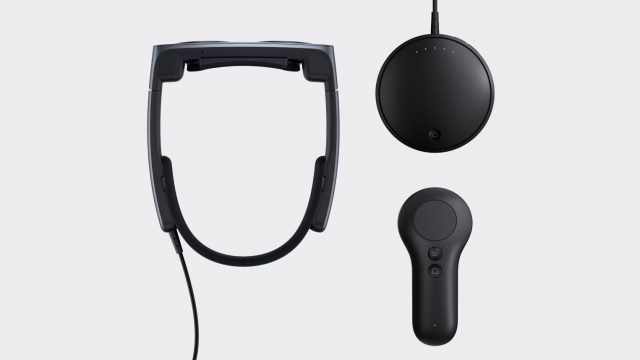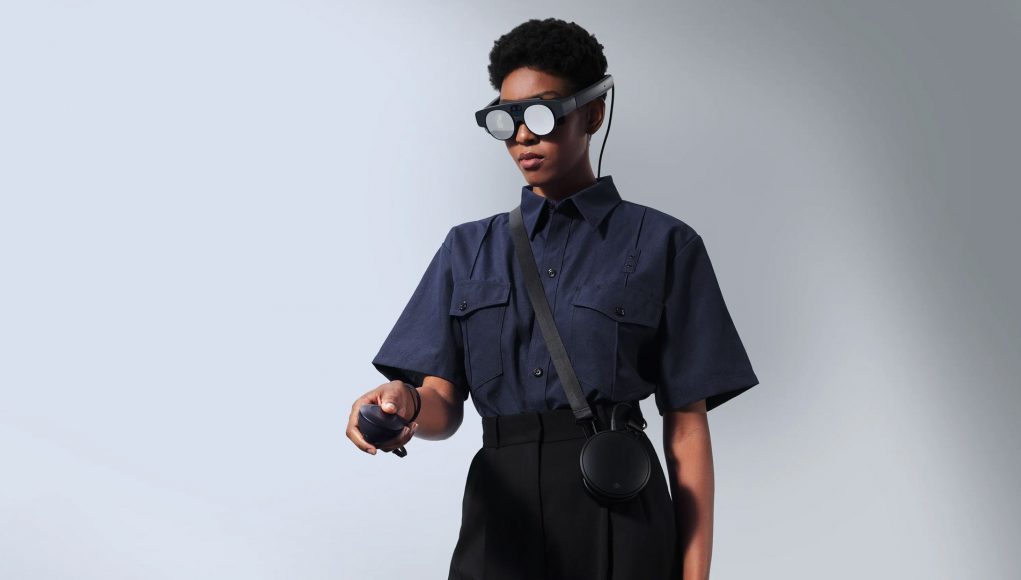Magic Leap today announced pricing and release date details for the company’s latest AR headset, Magic Leap 2.
Magic Leap 2 Release Date and Price
Magic Leap 2 is finally set to officially launch on September 30th, 2022. The company says the headset will come in three versions priced for different groups:
Magic Leap 2 Base (for “professionals and developers”)
- $3,300
- One year warranty
Magic Leap 2 Developer Pro
- $4,100
- One year warranty
- Access to developer tools, sample products, enterprise-grade features, and “monthly early releases for development and test purposes”
Magic Leap 2 Enterprise
- $5,000
- Two year warranty
- Two years of access to enterprise features and updates
- Manageable via enterprise UEM/MDM solutions
The headset’s starting price makes it clear that Magic Leap is positioning its latest headset as an alternative to Microsoft’s HoloLens 2; the $3,300 base price of Magic Leap 2 undercuts Microsoft’s offering by $200.
On September 30th Magic Leap 2 will release first in the US, Canada, United Kingdom, Germany, France, Italy, Spain, and Saudi Arabia. The company expects the headset to launch in Japan and Singapore by the end of the year.
Magic Leap 2 Specs

Alongside the announcement of the headset’s price and release date, the company also shared an official list of Magic Leap 2 specs:
| Field-of-view | 70 degrees |
| Resolution | 1,440 x 1,760 |
| Refresh Rate | 120Hz |
| Brightness | 20 to 2,000 nits |
| Colors | 16.8 million |
| Weight | 260g |
| Camera | 12.6MP autofocus RGB camera 4k at 30fps or 1,920 x 1,080 at 60fps video |
| Storage | 256GB |
| Volume-of-view | 37cm to infinity |
| CPU | AMD 7nm Quad-core Zen2 X86 core (8 threads) 14 core CVIP engine Up to 3.92 GHz max with 512kB L2 per core 4MB total L3 cache |
| GPU | AMD GFX10.2: 1SE 1SA 4 WGP (8 CUs) 2RB+ 1MB L2 Cache 964 MHz / Max 1.8 GHz |
| Audio | Built-in stereo speakers |
| Sensors | 3x wide FoV World Cameras Depth Camera RGB Camera Ambient Light Sensor 4x Eye-tracking Cameras 4x IMU 3-axis Accelerometer and Gyroscope 2x 3-axis Magnetometer 2x Altimeter |
| Battery | 3.5hrs continuous use 7hrs sleep mode |
| Security | WPA3 AMD Platform Security Processor TMR Security fencing between x86 and CVIP |
Interested in Magic Leap 2? Check out our recent hands-on with the device.







